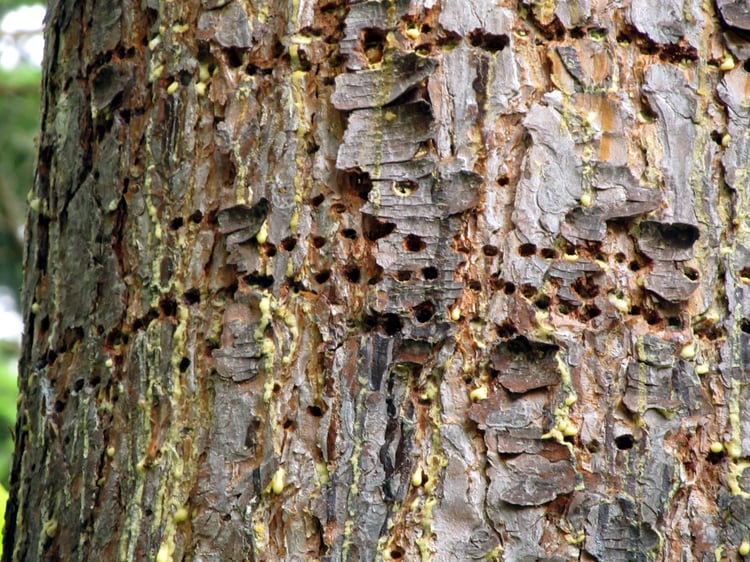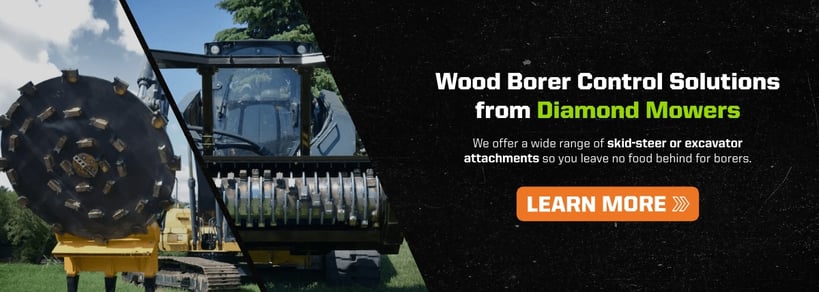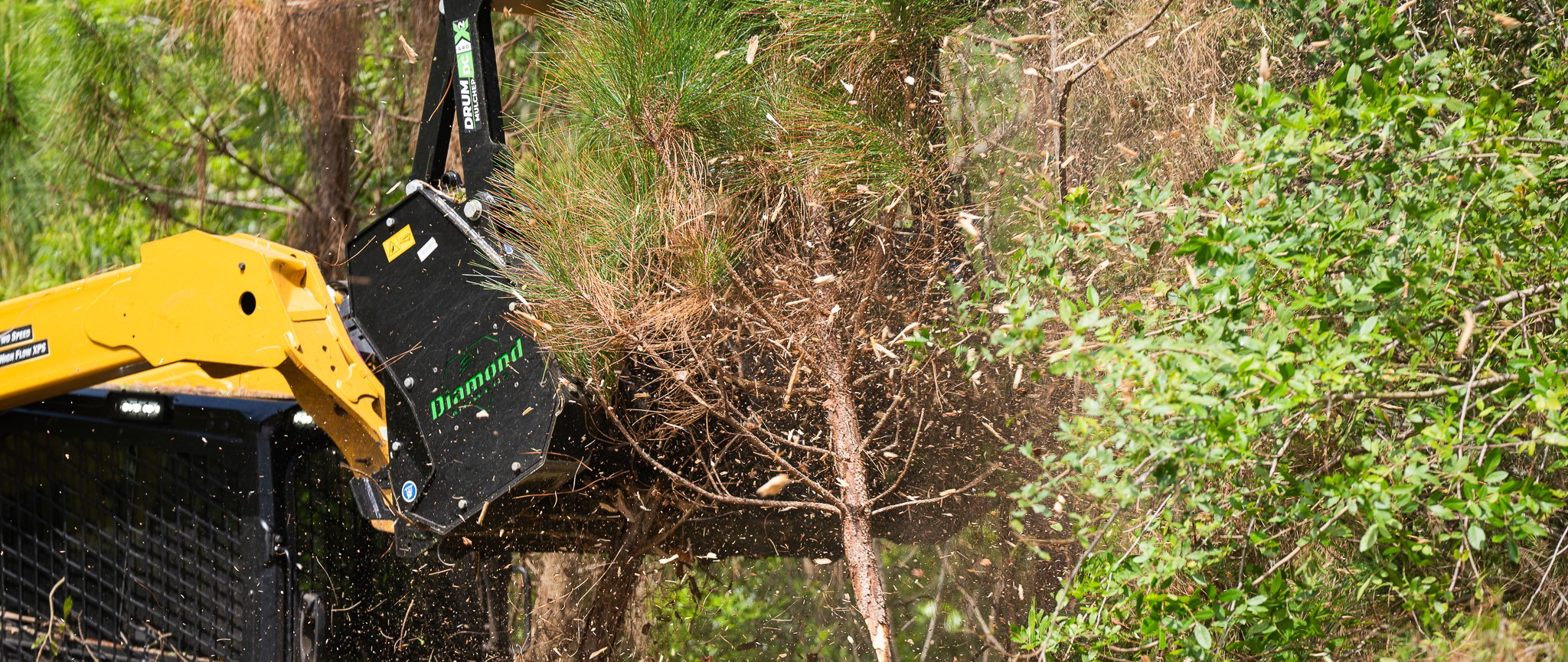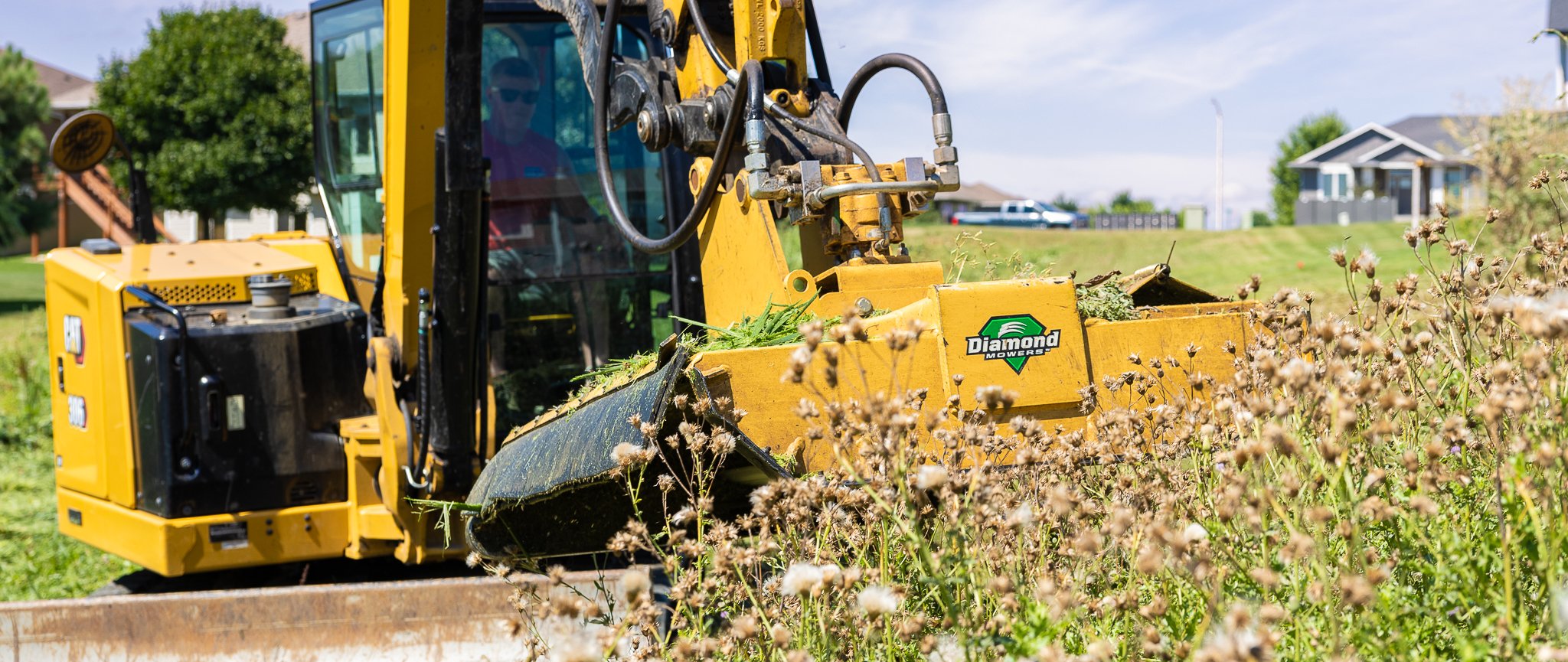How to Get Rid of Tree Borers and Prevent Infestation
Aug 12, 2020 . 4 min read
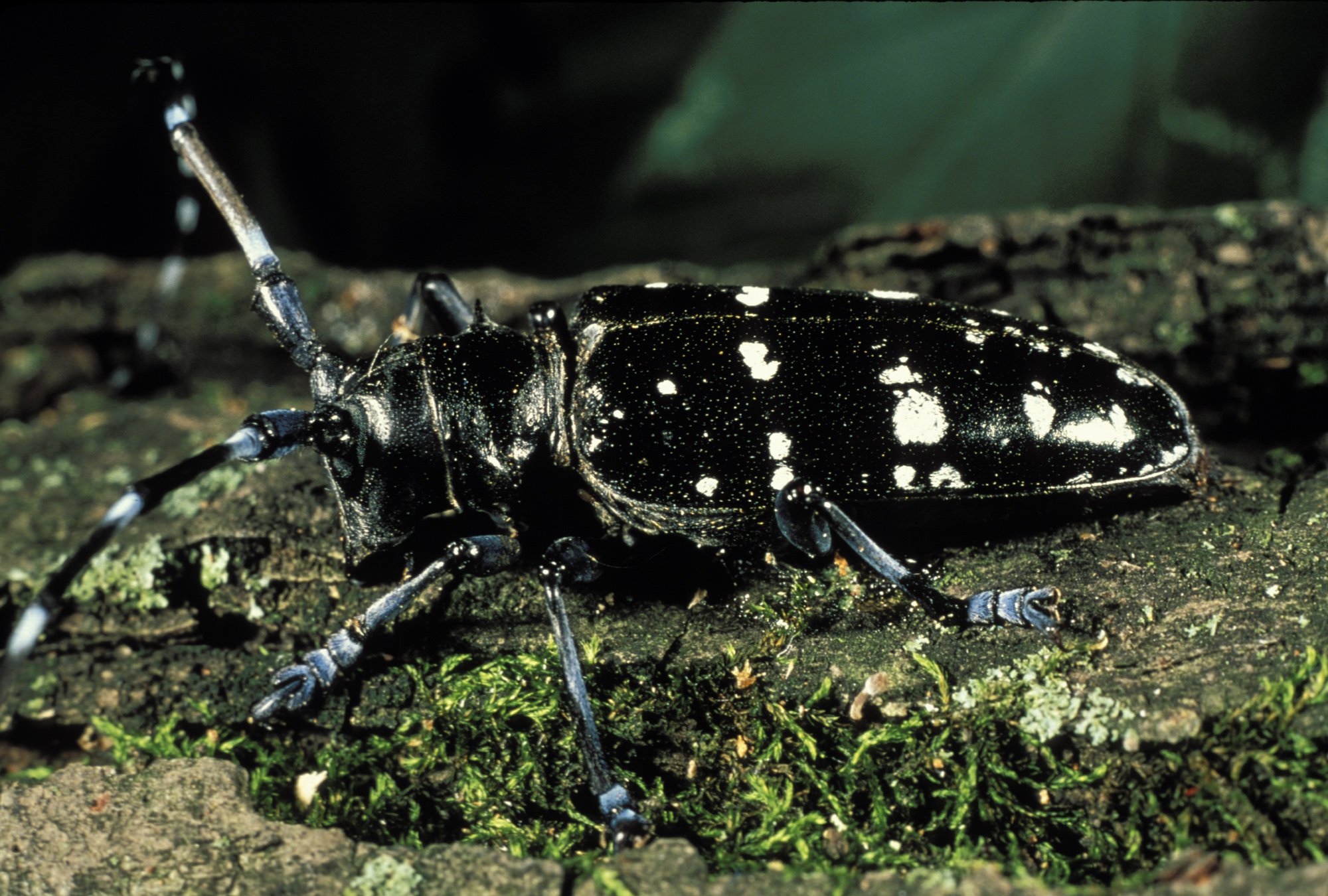
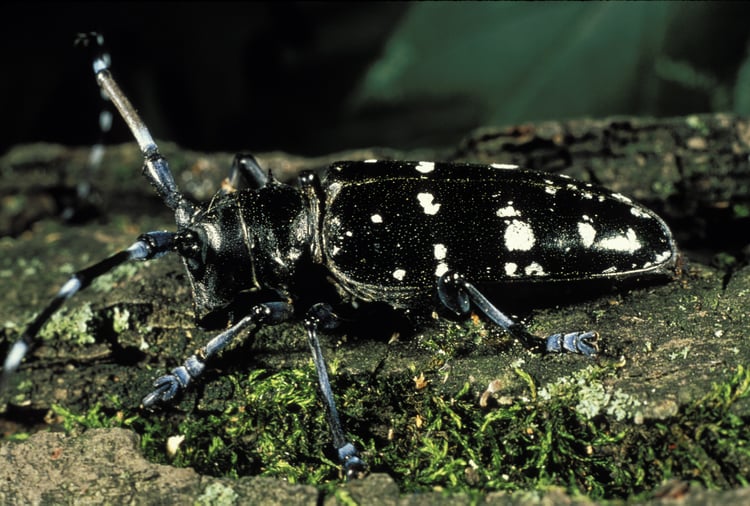
Also known as tree borers, wood borers feed on and make habitats from trees and other woody plants. They belong to a variety of insect groups, including beetles, wasps, and moths, and are often the larva of these species.
Wood-boring insects fall into two categories — primary and secondary invaders.
Most tree borers act as secondary invaders, meaning they attack weakened, dying, or dead trees.
Primary invaders target healthy plants, which can lead to them weakening, or dying. With a proactive approach to handling wood-boring insect infestation, you can defend your trees from both kinds of pests.
Common Types of Tree Boring Insects
The types of borer that could infest your trees depend on your region in the United States. Wood-boring insect species also attack different varieties of trees and bushes, so your plants may be more prone to certain borers than others. Some of the most common types of wood borers include:
- Flat-headed wood borers: Also called jewel beetles or metallic wood-boring beetles. This large family of beetles attack stressed or recently transplanted trees.
As adults, these borers have unique metallic colors and a boat-like shape, with larvae having a similar flat appearance.
Because of this body shape, the larvae create oval or flattened holes when they dig into wood. The tunnels that these insects create can girdle tree trunks and branches, putting trees at severe risk. - Round-headed borers (longhorn beetle): In their adult form, round-headed borers are longhorned beetles that can have antennae longer than their bodies. The larvae of round-headed borers have a round shape that leaves behind a round or oval tunnel. A tree afflicted with a round-headed borer infestation will often have signs of dust-like frass (excrement) or sap on the trunk and branches. Most of the insects in the round-headed borer category act as secondary invaders.
- Weevils: In contrast to borers that create galleries or tunnels in wood, weevil larvae dig hollowed-out cavities or cells underneath bark. Many weevil species target the roots and bases of woody ornamental plants.
- Wood-boring moth caterpillars: Also known as clearwing borers because of their adult form as clearwing moths, wood-boring caterpillars hatch in tree bark after an adult lays eggs there. They immediately burrow into the bark after hatching to feed on the wood. Once the larvae tunnel into the wood, insecticide sprays won't affect them. Clearwing moths can sense the chemicals released by stressed or damaged trees and seek them out as egg-laying sites.
Photo Credit: http://pnwhandbooks.dev.extension.oregonstate.edu/node/269/print
Effects of Borer Damage to Trees
Borer-related tree damage has a few distinct signs, and it can become deadly for already-weakened trees. Since the boring occurs inside of the tree, many infestations go unnoticed until external signs of damage appear. If you notice any symptoms of tree borer infestation, act as soon as possible to prevent further damage.
To assess possible damage, keep an eye out for the following signs:
- Tunnel holes: One of the telltale signs of a tree borer infestation is the holes created from borer tunneling. Depending on the species of borer, these tunnels may have round, semicircular, or oval shapes. Borer holes tend to appear in a random pattern on the bark, contrasting with the neat rows created by a woodpecker.
- Frass: You can tell borer holes apart from woodpecker holes by looking for frass, the excrement that borers create as they feed on wood. Frass looks like sawdust, and you can find it inside the holes or just outside of them.
- Dead limbs or cracked bark: Wood borers tunnel in the cambium, the inner layer of tree bark that transports water and nutrients. As pests erode the cambium, the areas of the tree above the damage receive fewer nutrients. This lack of nutrition can cause the bark to crack or the connected tree limbs to die and fall off.
- Oozing sap (gummosis): A stone fruit tree will have gummosis, sap oozing from its wounds, during a borer infestation. If borers dig into sap-producing parts of the wood, the sap flows out of the tunnel. You may also see frass in the oozing sap.
Tree Borer Treatment and Management
If your tree has a wood borer infestation, you can use one of two methods to kill the tree borers:
- Chemical: Depending on the type of borer infesting your tree, you can use contact insecticide and soil treatment to kill active borers and prevent future infestations. Every state has its own standards on pesticide use, so make sure you can legally use a pesticide before applying it to your trees.
- Mechanical: Outside of using pesticides, your possible management strategies involve removing the larvae from the tree with a tool or getting rid of infested wood. If you have a severe infestation, you may need to clear the entire tree to eliminate the risk of falling branches.
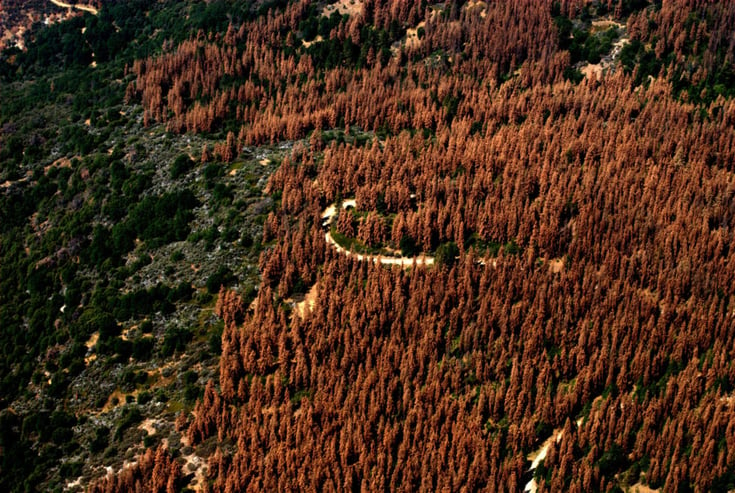 Photo Credit: https://e360.yale.edu/features/small-pests-big-problems-the-global-spread-of-bark-beetles
Photo Credit: https://e360.yale.edu/features/small-pests-big-problems-the-global-spread-of-bark-beetles
Preventing Tree Borer Infestations
The best way to handle a wood borer infestation is to stop it before it begins. Consider these methods of preventing tree borers from attacking:
- Proper tree care: Since borers target weakened or stressed trees, you can lower the risk of infestation with correct watering and fertilization techniques. Remember to pay careful attention to newly transplanted trees with a higher risk of stress.
- Choosing the right tree species: When planting new trees, select species that wood borers in your area don't often attack. Research the less susceptible trees in your region and focus on them instead of more vulnerable varieties.
- Preventing and caring for tree injury: External damage from equipment like mowers can leave a tree open to borer infestation. If you accidentally damage a tree, take care of the wound using pruning or wound paint as soon as possible.
Wood Borer Control Solutions from Diamond Mowers
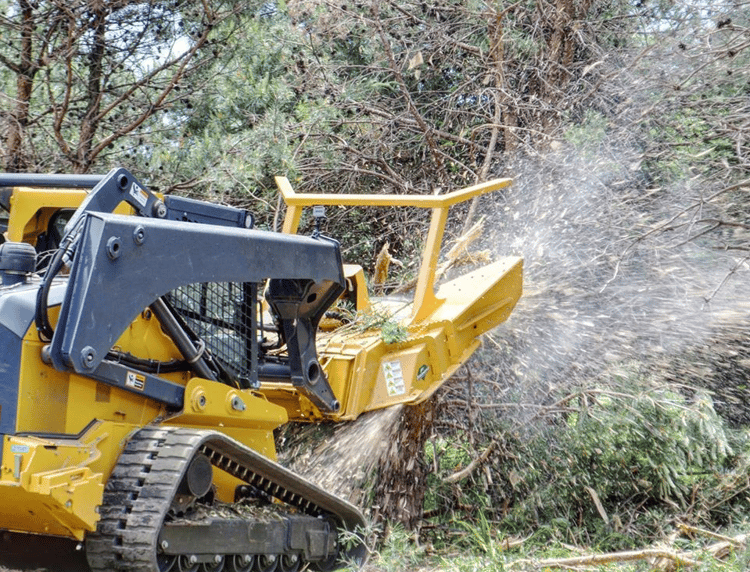
When you can only get rid of tree borers by removing the infected tree, we suggest using one of our
American-made skid-steer or excavator attachments.
We offer a wide range of attachments for clearing trees and brush, mulching, and grinding stumps so you leave no food behind for borers.
To learn more about our products and how to use them for invasive species management , visit a Diamond dealer near you or contact our attachment experts.

